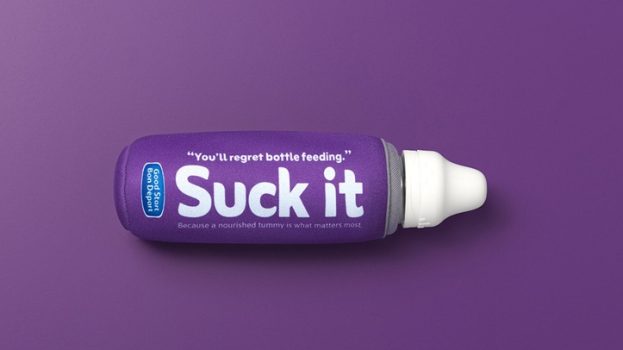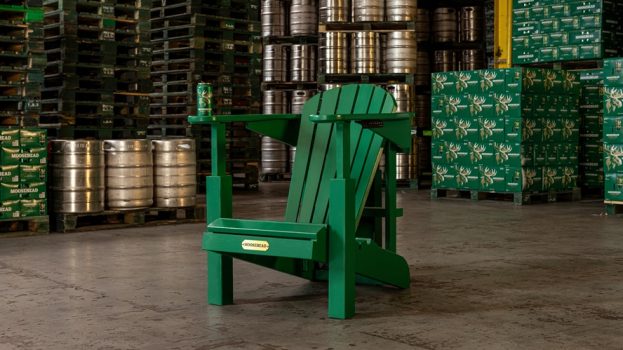Cereal and milk are a timeless pairing, but new research found some noticeable differences in the priorities of the people buying in each category.
The latest category-specific reports from research firm IMI look specifically at consumers in the dairy and cereal categories, following a study that tracked changes in auto-buying behaviour last month. Both surveys polled over 4,000 Canadians in February, which was followed up with another survey mid-pandemic to get a pulse on how attitudes and behaviours had changed.
Despite pantry-stocking behaviours early on, the frequency of purchases for cereal, snack bars and dairy products was nearly unchanged from before the pandemic to its peak. What is shifting, though, is what the typical cereal, snack bar and dairy buyer looks like.
While the gender split of current cereal and snack bar buyers is relatively even, it skews more male for those who intend to purchase it in the future. On the flip side, current cereal buyers skew older, but the age split is expected to swing back towards younger consumers when looking at those who are expecting to buy cereal in the future.
IMI noticed a similar demographic trend in the dairy category, with the added wrinkle that even though childless consumers and households with kids over the age of seven are currently buying more dairy; those groups expect to buy less in the future, while households with teens and younger children expecting to buy more.
IMI notes that there may be an opportunity for marketers in cereal and snack bars, in particular, to reach people looking to be more conscious of what they eat, as consumers in that category noted a bigger interest in things like eating healthier or cutting out sugar and gluten compared to before the pandemic. They are also looking to eat less bread, but are not shying away from their vices, with a sizeable increase in the amount of people who regularly drink coffee (15%) and beer (32%). And while they might still pour some milk into their bowl of cereal, there was also a 6% bump in the number of these consumers looking to avoid drinking liquid dairy.
Dairy purchasers, on the other hand, are looking to eat slightly more bread, as well as more coffee, though not the same degree as cereal buyers. They are also looking to balance it out by drinking more water and participating in more exercise and athletic activities.
Word of mouth is becoming increasingly important for cereal buyers, with recommendations from family and positive descriptions on social media being the purchase decision to have the biggest increase since February. However, browsing products on Amazon is the biggest factor impacting purchase decisions, followed by the product being healthy and doing research online – the latter of which fell from the most important factor after a 13% drop in the number of consumers who cited it as a factor.
In dairy, consumers are more mindful of the products they buy, with the health value of products and whether it is environmentally friendly getting the biggest gains in importance to become the first and second most-cited factor in purchase decisions.
Unsurprisingly, consumers across categories still cite COVID-19 as the biggest issue facing them today. However, despite the fact that economic stability had a major gain in terms of importance, it was not enough to catch up to issues related to climate change and mental health. Also, taking a noticeable tumble in importance is non-virus health matters, specifically heart health and stroke, despite the fact that healthier eating is of increased importance.
























